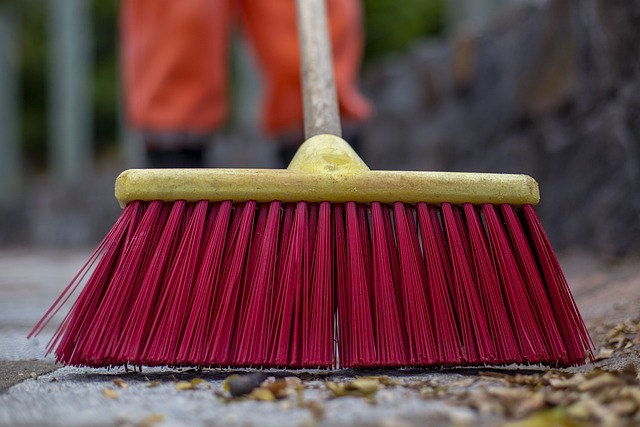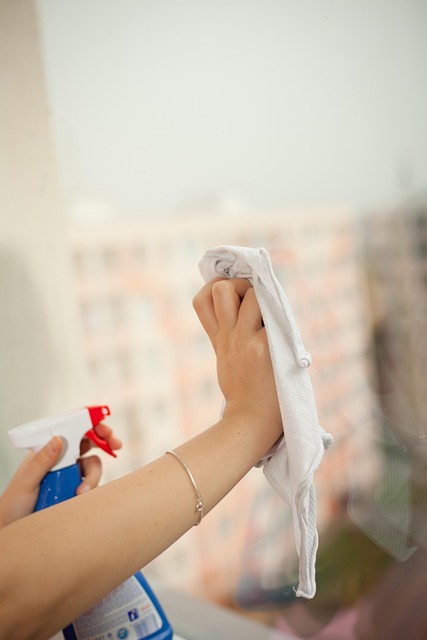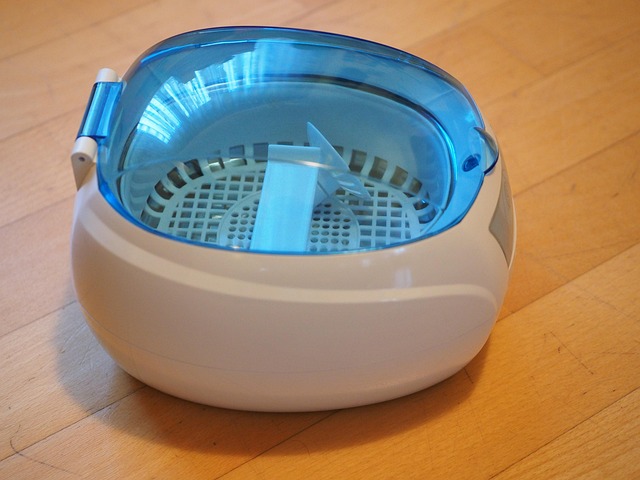Deep cleaning involves a comprehensive sanitization of residences, offering numerous benefits like improved indoor air quality and hygiene, extended furniture lifespan, and a fresh start. Preparation includes organizing spaces, while the right tools ensure efficient results. A room-by-room approach ensures systematic cleaning, focusing on common areas and high-touch surfaces. Natural cleaning solutions provide eco-friendly alternatives to harsh chemicals, enhancing well-being and cleanliness. Regular deep cleaning sessions create a welcoming home environment through proactive maintenance and household participation.
Looking to transform your living space? Residential deep cleaning is more than just a spring facelift—it’s a holistic approach to revitalizing your home environment. This comprehensive guide dives into the importance and benefits of deep cleaning, offering practical tips for preparing your space, essential tools, and step-by-step room-by-room strategies.
Discover natural cleaning solutions and long-term sustainability tips to keep your home sparkling and healthy year-round. Uncover the secrets to an immaculate residence with our expert advice on deep cleaning.
Understanding Residential Deep Cleaning: The Importance and Benefits

Deep cleaning is a comprehensive process that goes beyond surface-level tidying and dusting. It involves a thorough, meticulous cleaning of every aspect of a residential space, from top to bottom, inside and out. This intensive approach aims to eliminate deep-seated dirt, grime, and germs, providing a fresh and healthy living environment.
The benefits of deep cleaning are numerous. Regular deep cleaning sessions can improve indoor air quality by reducing allergens and pollutants, create a more hygienic space, and extend the lifespan of furniture and appliances. It also allows for a fresh start, ensuring that every corner of your home is sparkling clean. This process is particularly important for families with young children or pets, as it minimizes the presence of bacteria, viruses, and other harmful substances.
Preparing Your Home for a Deep Clean: Tips for Efficient Organization

Before diving into the deep cleaning process, organizing your home is a crucial step that can significantly enhance efficiency. Start by decluttering each room, removing any unnecessary items and sorting through belongings. Consider implementing storage solutions like baskets, boxes, or shelves to keep related items grouped together, making it easier to manage and clean.
Create designated zones for specific tasks; for instance, set aside a spot for vacuum cleaning, another for dusting, and so on. This organization will streamline the deep cleaning process, ensuring you tackle each area systematically and thoroughly. Efficient organization not only saves time but also allows you to focus on achieving that sparkling, fresh look your home deserves through deep cleaning.
Essential Tools and Supplies for an Effective Deep Cleaning Routine

Deep cleaning your home requires a well-stocked arsenal of tools and supplies to ensure effective results. Start with a vacuum cleaner designed for deep cleaning, as it will help remove embedded dirt and dust from carpets and upholstery. Invest in high-quality microfiber cloths and dusters; these are ideal for polishing surfaces and catching dust without leaving streaks.
Don’t overlook the importance of cleaning solutions tailored for deep cleaning. Look for multi-surface cleaners and disinfectants that can tackle various types of grime. Also, consider getting a steam mop for hard floors—it’s an efficient way to kill bacteria and germs while leaving your floors sparkling clean. Don’t forget about protective gear like gloves and masks to safeguard against harsh chemicals and ensure a safe cleaning experience.
Step-by-Step Guide to Deep Cleaning Different Rooms in Your Home

Deep cleaning your home room by room is an effective strategy to ensure a thorough and organized approach. Start with gathering the necessary supplies: high-quality cleaning solutions, microfiber cloths, sponges, brushes, and protective gear like gloves and a mask. Begin with less frequently touched areas such as ceiling fans, light fixtures, and baseboards, using a dusting cloth or vacuum attachment for initial debris removal.
For each room, tackle one task at a time. Empty wastebaskets and declutter surfaces. Focus on scrubbing sinks, countertops, and appliances, then move to tougher spots like backsplashes and grout. Vacuum carpets and rugs, and don’t forget to clean under furniture and along baseboards. Lastly, wipe down windowsills and blinds. Regular deep cleaning sessions will not only improve your living environment but also contribute to a healthier home.
Strategies for Tackling Common Areas and High-Touch Surfaces

When it comes to deep cleaning, common areas and high-touch surfaces are often hotbeds for dirt and germs. To effectively tackle these zones, start by decluttering and removing any personal items from countertops, tables, and floors. This creates a cleaner canvas upon which you can focus your efforts. For hard surfaces like kitchen counters and bathroom fixtures, use a suitable cleaning solution and a scrub brush to remove stubborn stains and grime. Don’t forget to wipe down light switches, doorknobs, and remote controls—areas frequently touched but often overlooked during regular cleaning routines.
Vacuum carpets and rugs thoroughly, paying special attention to corners and under furniture. For upholstery, consider a deep clean with a steam cleaner or a professional service to eliminate dust mites and freshen fabrics. In bathrooms, focus on disinfecting showerheads, toilets, and sinks. Use a microfiber cloth or sponge for detailed cleaning of glass surfaces and mirrors, ensuring no streaks remain. Regularly sanitizing these high-touch areas not only improves hygiene but also contributes to a more vibrant and welcoming living space after your deep cleaning session.
Natural Cleaning Solutions: Healthy Alternatives for Your Home

Many people are turning to natural cleaning solutions as a healthier and more eco-friendly alternative for their deep cleaning routines. Conventional cleaning products often contain harsh chemicals that can be detrimental to both your family’s health and the environment. Natural cleaners, on the other hand, offer a safe and effective way to achieve sparkling results without compromising well-being.
Essential oils, baking soda, vinegar, and plant-based detergents are some of the simplest yet powerful tools for deep cleaning. For example, white vinegar is an excellent multi-purpose cleaner, cutting through grease and grime while leaving a fresh scent. Baking soda acts as a natural abrasive and deodorizer, making it ideal for scrubbing tough stains. Essential oils not only add a pleasant aroma to your home but also possess antimicrobial properties, providing an extra layer of cleanliness. These natural solutions are not only cost-effective but also reduce the risk of exposure to toxic chemicals, creating a safer living environment for all.
Maintaining a Clean Home: Long-Term Tips for Sustainability

Keeping your home clean and tidy isn’t just about achieving a spotless space; it’s a sustainable practice that promotes better living. Regular deep cleaning is essential, but establishing long-term habits can make the process more manageable. Start by setting aside dedicated time each week for light cleaning tasks. This proactive approach ensures daily messes are managed promptly, preventing them from becoming overwhelming.
Invest in versatile cleaning tools and products to streamline your routine. Opting for multi-purpose solutions reduces the need for excessive chemicals and minimizes clutter. Additionally, teach everyone in the household simple yet effective cleaning methods. With collective effort, you can maintain a clean home while reducing time spent on chores, allowing more room for relaxation and enjoyment.
